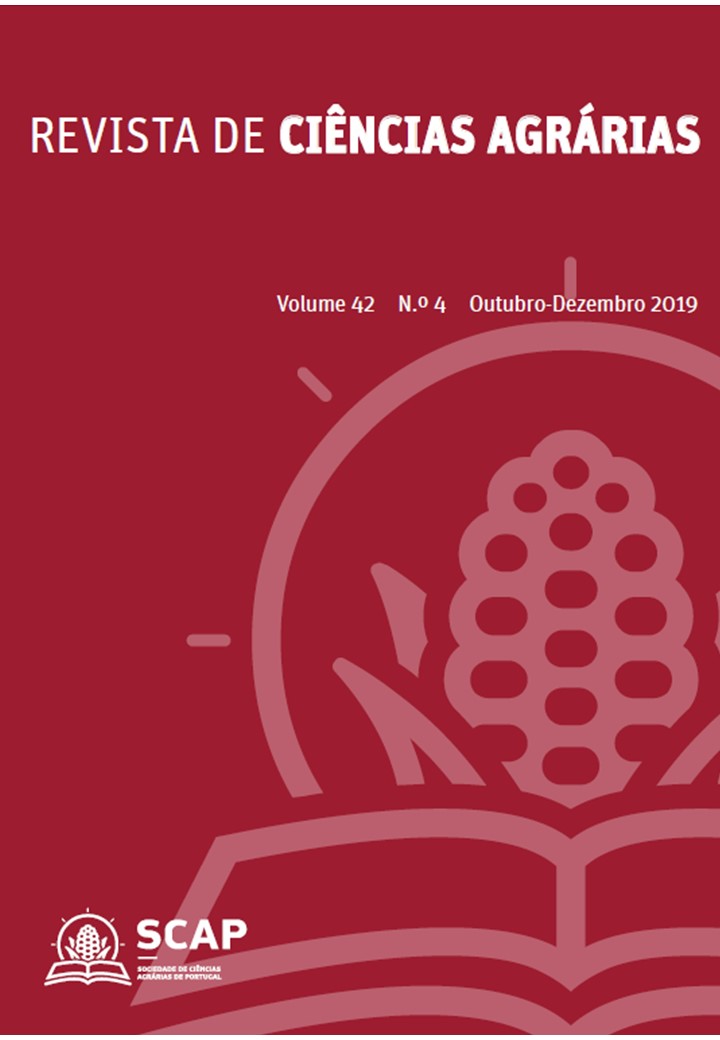Molecular factors associated with pathogenicity of Phytophthora cinnamomi
Fatores moleculares associados com a patogenicidade de Phytophthora cinnamomi
DOI:
https://doi.org/10.19084/rca.18577Resumen
Phytophthora cinnamomi is soil pathogen that has a wide range of hosts in several countries and different climates. This fungus is responsible for the chestnut ink disease (Castanea sativa Miller) and death of the tree. Portugal stands out in the production of the European chestnut tree. However, between 2002 and 2004, there was a decrease of 27.3% in the distribution area of this tree due to P. cinnamomi. The aim of this study was to identify molecular factors possibly associated with the fungal pathogenicity through genomic sequences deposited at NCBI using bioinformatics tools. The first contig was used and the OFRs present in de sequences were identified. SmartBlast was used for homologous proteins. The prediction of cellular localization prediction of proteins was performed using four different tools: SignalP 4.1, Cello v.2.5, LOCTree3, Euk-mPLoc 2.0. Protein domains characterization was accomplished using PROSITE and the structure prediction was performed using Phyre2 server. We found 13 proteins probably associated with the pathogenicity of P. cinnamomi and its properties related to the infection were analyzed in silico. These results are important since they are a first step in the search for pathogenic factors.


